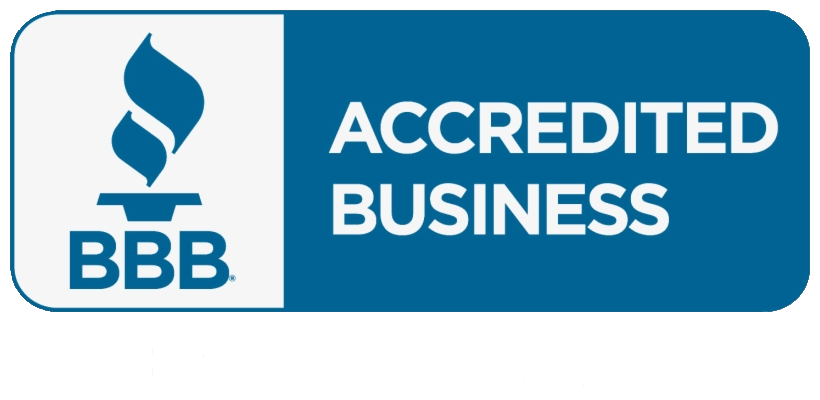When the workers comp carrier will start paying does not just depend on when a claim is filed. It depends on the facts of each case. The timing of payment will also depend on how the claim is filed. The Workers’ Compensation Board has set up several ways for an injured worker to file a claim. In all cases, the worker must timely file a “C-3” form. The worker must file the C-3 right away. First, though, the worker must make sure his or her employer is aware of the accident. The insurance carrier will deny the claim if the worker does not properly give notice. It will also deny the claim if a C-3 is not filed.
Thing to Consider When a Workers Comp Carrier Does not Start Paying
After getting emergency medical care, the injured worker must give notice of the accident to the employer. Failure to give notice will result in denial of the claim, or delayed payments. Notice allows the employer to quickly tell the insurance carrier about the accident. By law, the worker must give notice in writing within thirty days of the accident. However, the worker should give notice as soon as possible. Waiting to give notice could result in a longer investigation by the carrier. Also, failure to give notice within thirty days can result in the claim being fully denied.
In addition, the worker must give notice to the employer in writing. Usually, the worker will give notice in the form of an accident report signed by the worker. But, even with an accident report, more steps should be taken. The worker should still send their supervisor a separate letter or email containing the basic facts of when, where, and how the accident happened. The written notice should include a list of all body parts injured. This letter should be consistent with the C-3 form. It should also be consistent with the accident report. If there are inconsistency’s, the carrier will argue to deny the claim.
How to File a Workers’ Compensation Claim (C-3 Form)

The worker must then file the claim after giving notice. Fling of a C-3 form formally starts a workers’ compensation case. This form, which is on the Board’s website, can be filed electronically. The worker can also file this form by mail. Often, a worker will be overwhelmed by preparing this document.
An attorney should file the C-3 on behalf of the worker. The carrier will scrutinize every word of the C-3 form. A mistake on a C-3 form can lead to denial of the claim. The question of when does the workers comp carrier start paying then depends on the carrier’s evaluation of the claim. The carrier must agree that the injury was work related.
If so, benefits may come very soon. The carrier will pay voluntarily if the claimant is out of work. There are times when the carrier will not verify that the injury was work related. Or, the carrier may argue that the injury existed prior to the accident. This will lead to what is called a “controverted” claim. The Board will resolve the issue at a hearing.
Resolving the Issue at a Workers’ Compensation Hearing
The judge determines whether the worker is eligible for benefits. At the hearing, the parties will take testimony. The employer and worker will testify. The judge will look at the facts surrounding the accident. They will also look at the medical evidence. The judge will either “establish” or deny the claim. If established, payments will begin. If the claim is denied, the worker may file an appeal in writing within 30 days of the decision. Each step in the process has a deadline. The appeals process can take several months. In order to take full advantage of the prospects of your case, it’s vital to first contact a proper workers comp lawyer.




